The VW Corrado early 1990s ushered an exciting era envisioning a high-tech future through concept cars and production models alike. Among mainstream brands, Volkswagen embraced this ethos strongest transforming its economical image almost overnight with the radically styled Corrado coupe. Introduced for the 1989 model year, this aerodynamic 3-door hatch channeled formula racing inspiration, unconventional materials and potent VR6 muscle disguised beneath Volkswagen’s familiar badge. 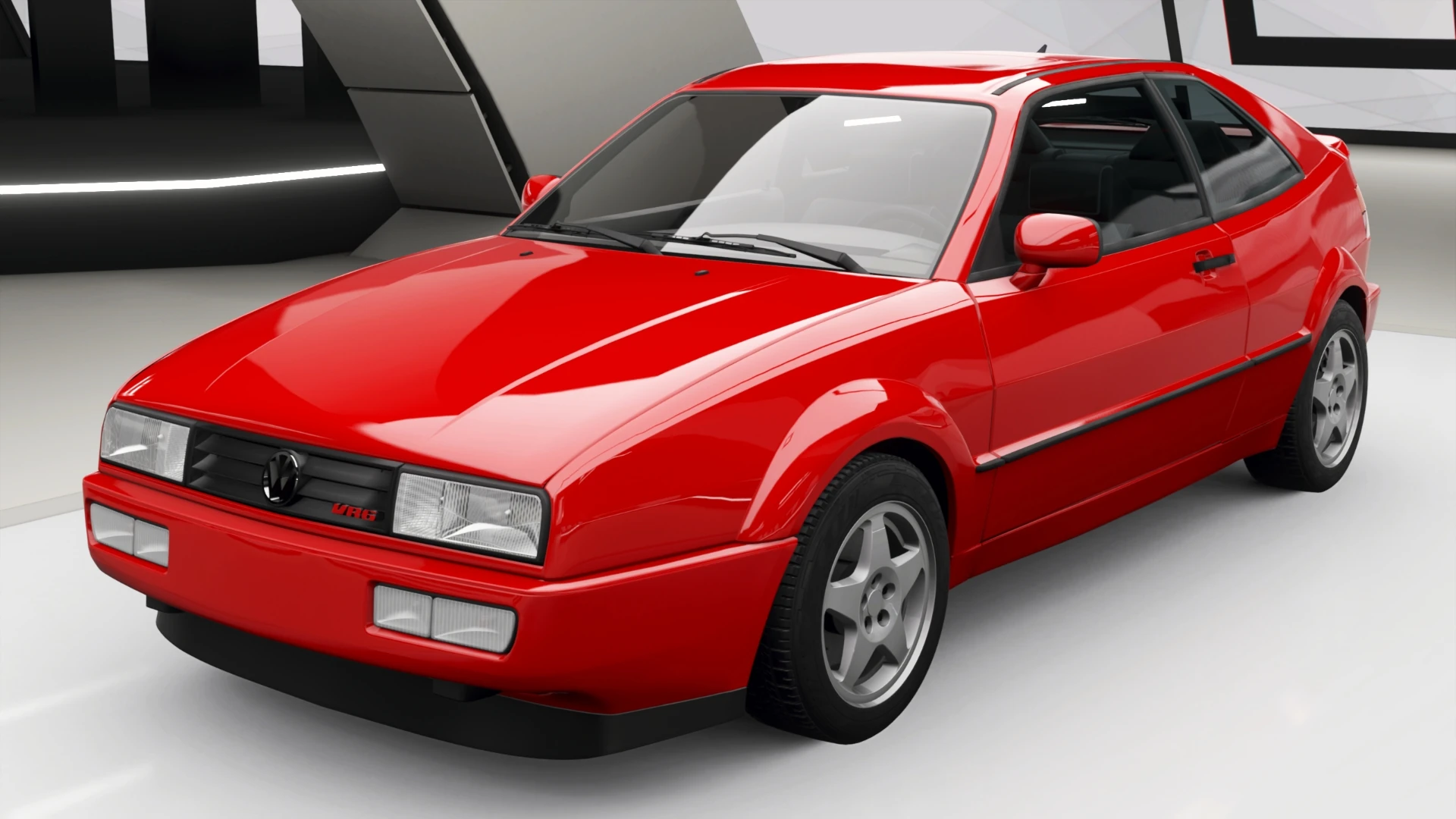
This bold initiative matched racy style with substance equally radical for a front-wheel drive compact coupe. The Corrado’s blend of twin-cam 16 valve performance, cockpit ergonomics, and downforce-generating bodywork proved Volkswagen’s growing engineering competency now matched its longstanding reputation for quality. While underappreciated new, the Corrado built immense admiration over decades as an influential driver’s car clearly ahead of its time.
This article pays tribute by looking back on VW’s technology flagship that went all-in on the future and came tantalizing close realizing its full potential as one of Germany’s greatest modern sports cars. 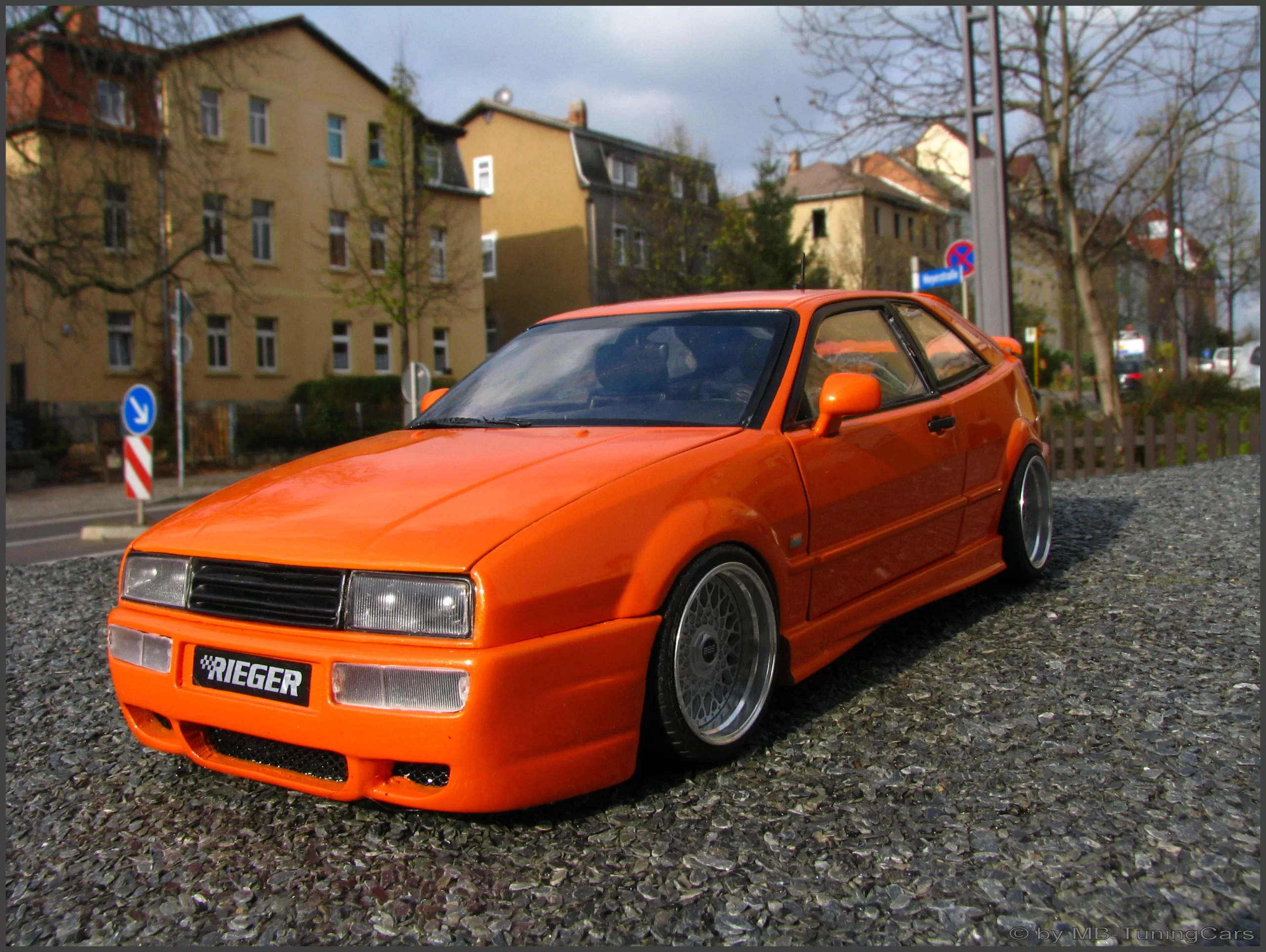
VW Corrado Breeding The German Lotus: Track-Inspired Development
Long before launching, Volkswagen envisioned benchmarking abilities against formidable sports car rivals. Engineers’ intensive development at Nardo and Nurburgring racetracks optimized the Corrado’s handling balance, braking, and powertrain capabilities against purebred competition.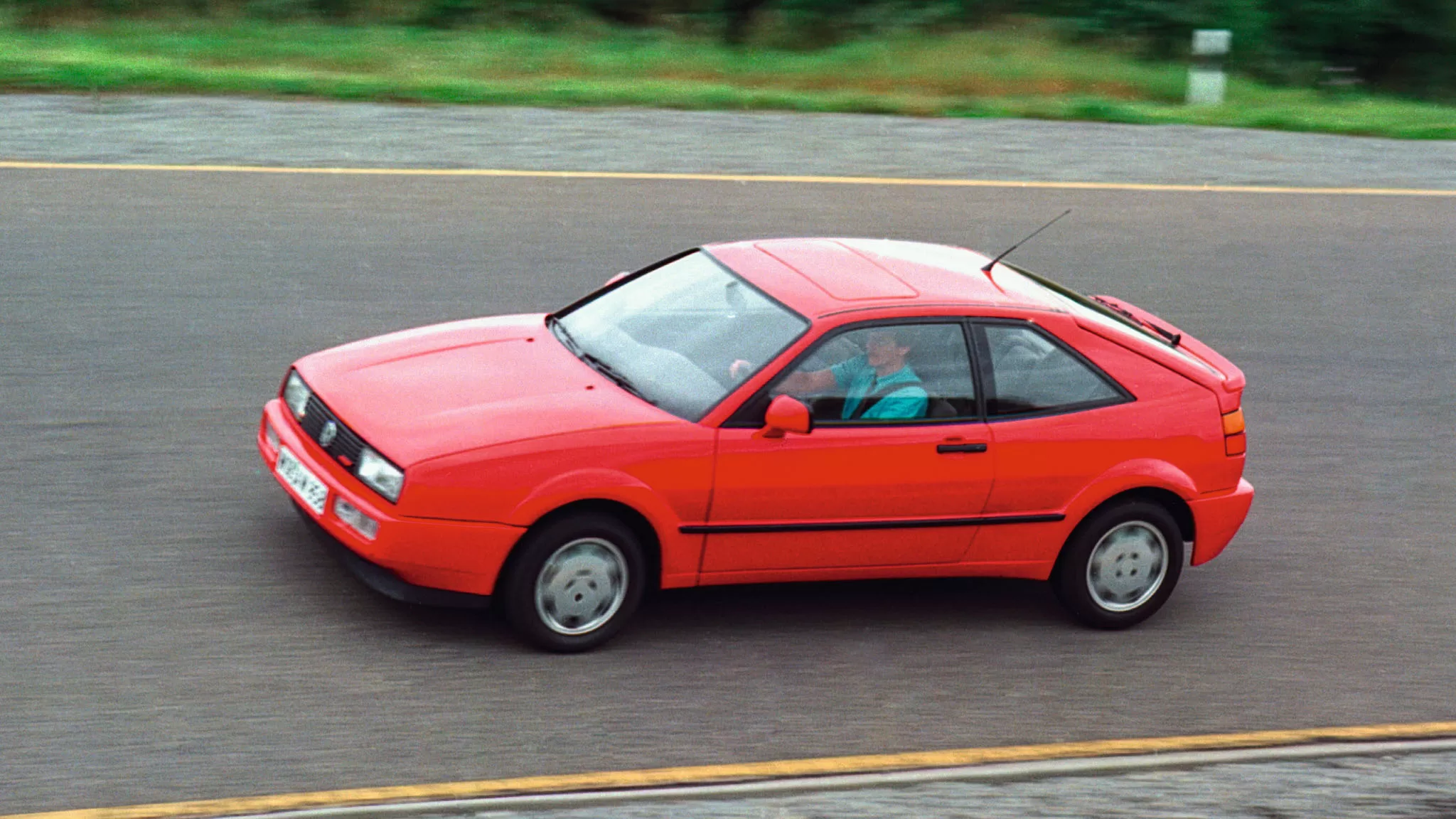
Riding on a modified A2 Mk.2 “Golf” platform in coupe form, the hunkered-down Corrado made use of sophisticated multi-link independent rear suspension. Along with power rack & pinion steering, these enhancements granted an agile responsive front end and willingness to change direction rivaling dedicated sports cars.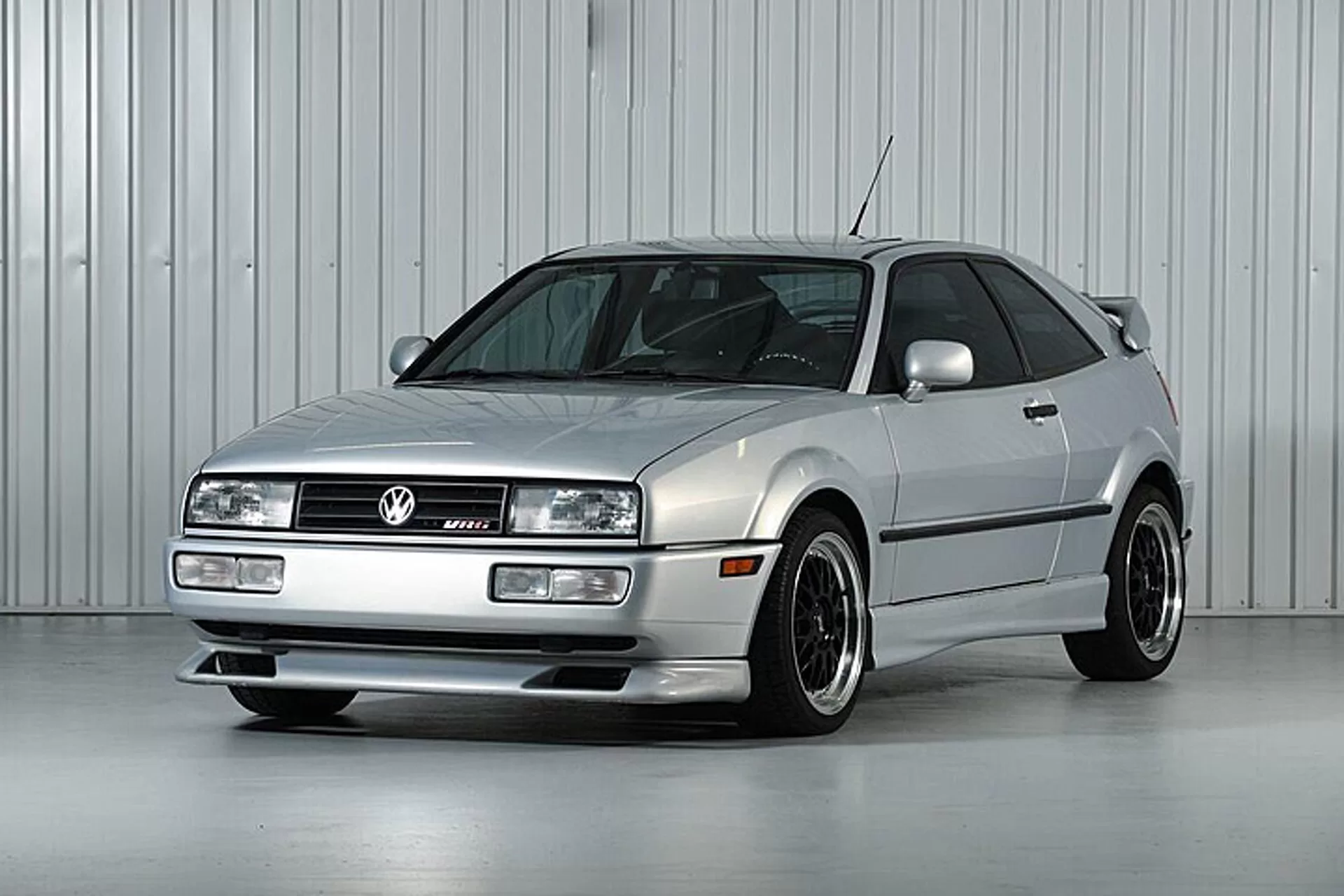
Multiple advanced engines offered thrust including an eager 1.8-liter G60 and narrow angle 2.8 liter VR6 range-topping 174 horsepower to motivate a low 3000 lb curb weight. Later models saw even the smaller 1.8-liter supercharged to 160 hp for urgency competing well above its compact footprint. Augmented by four-wheel disc ABS brakes and thoughtfully bolstered front seats, the Corrado driving experience channeled German overengineering into a budget-minded enthusiast’s dream.
VW Corrado Striking Style Defining The Era
Beyond go, showmanship played a leading role in the Corrado’s appeal when new. Penned by VW design chief Herbert Schafer, the slippery .32 drag coefficient 2-door bodywork made no apologies about sporting intentions.
Flared wheel arches, integrated rear spoiler, and pop-up headlights channeled concept car excitement into a real-life production model blurring boundaries between fantasy and reality in early 1990s Germany. Euro-spec models upped the ante further with Evo 2 bumpers and fender vents accentuating aggression.
Inside, supportive Recaro front seats faced jet-fighter style toggle switches and a thick three-spoke leather-wrapped steering wheel. The blend of compliant ride yet buttoned-down composure made the Corrado feel special beyond its approachable price – key to winning over young drivers.
Cult Following Too Good For This World
Despite positive press praising its technology and enthusiastic appeal, several factors limited the Corrado’s lifespan in North America to just five model years until 1995. As Volkswagen shifted resources towards mass-market models including the MK3 Golf, Passat, and debuting New Beetle, enthusiast cars took a backseat.
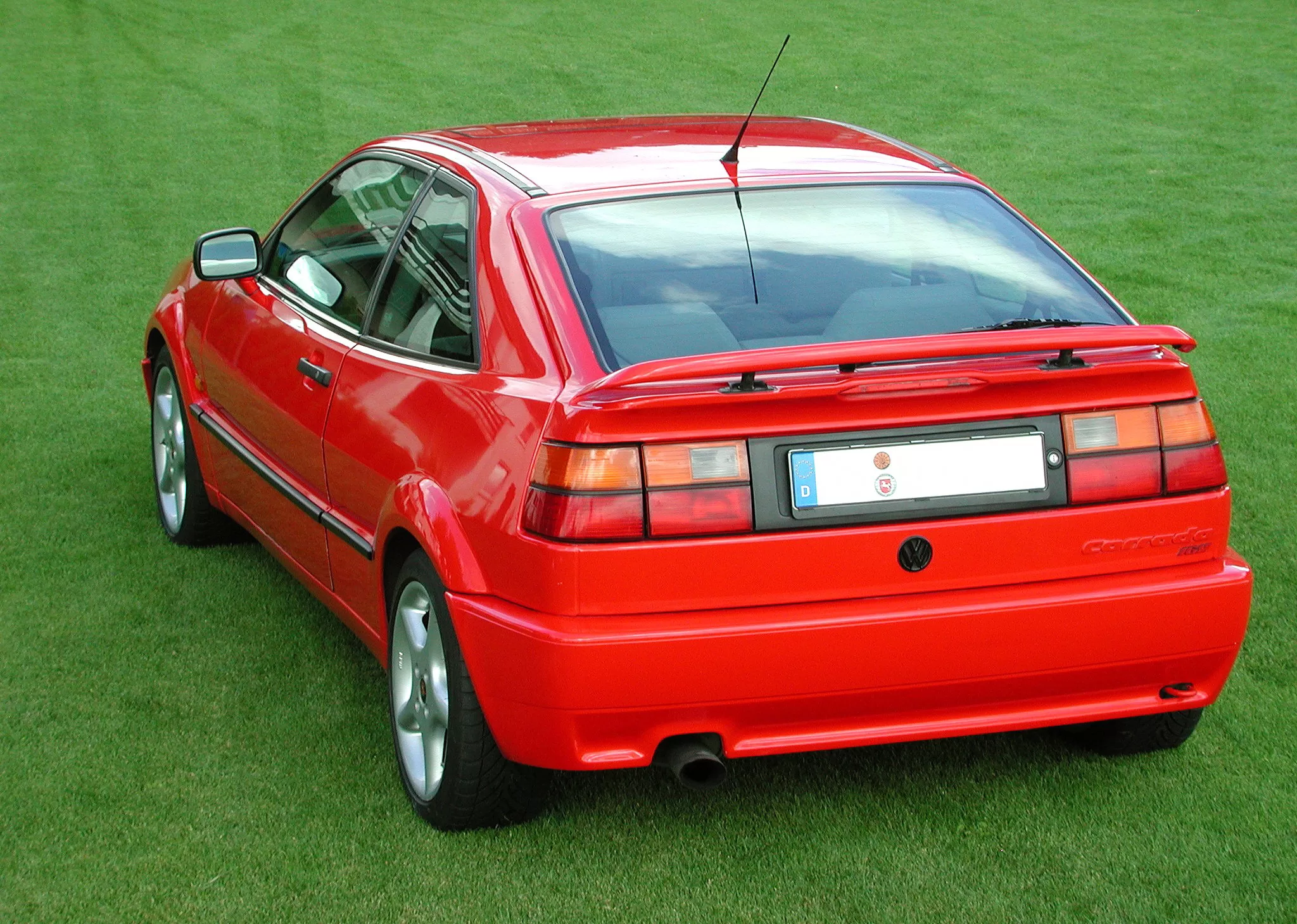
Slow sales sealed Corrado’s fate as the brand struggled to find footing across changing 1990s consumer preferences. A victim of unfortunate timing and prioritization, VW pulled the innovative Corrado before it fully realized deserved mass appeal.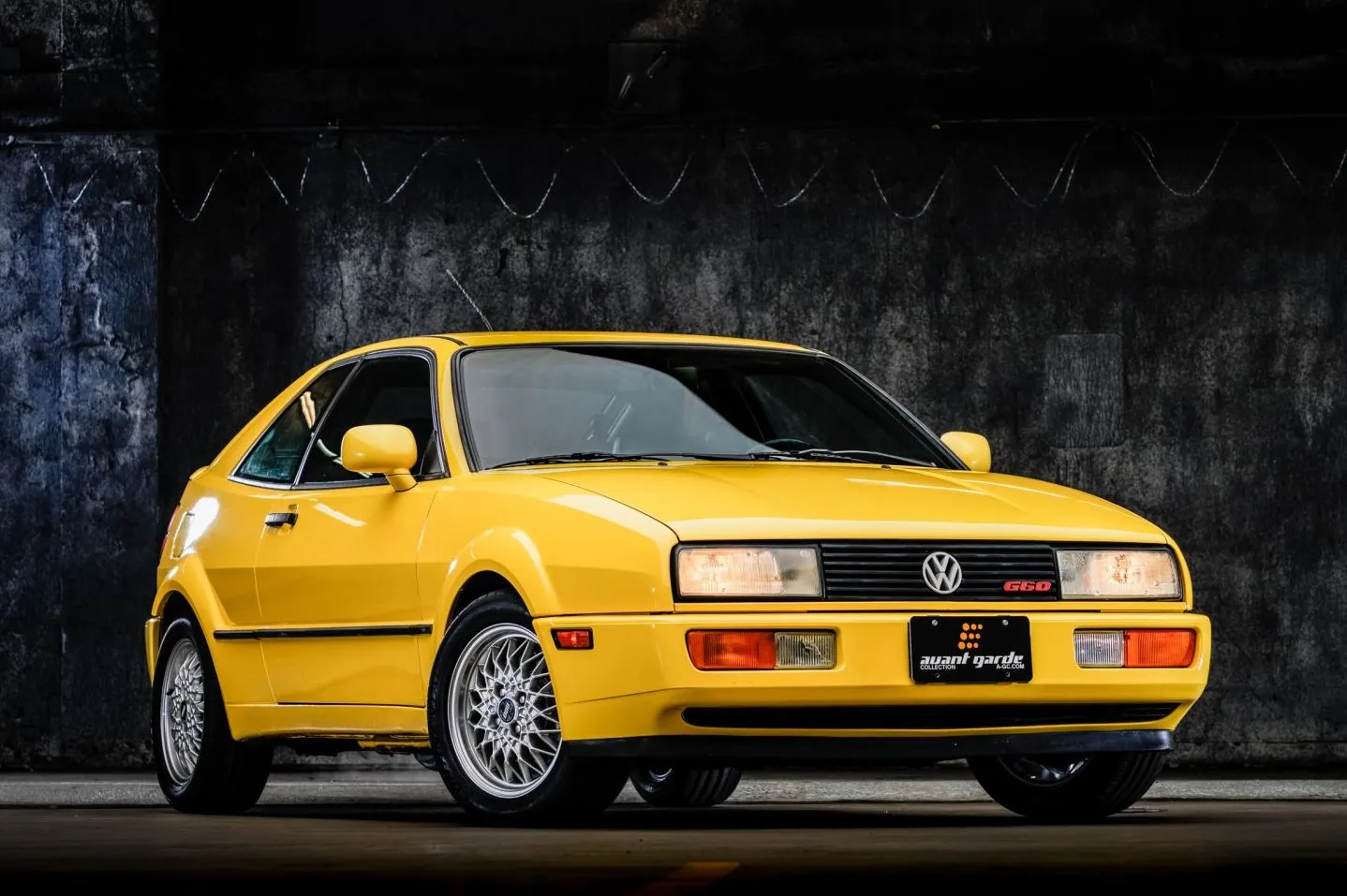
Yet in the hearts of sporting drivers, its legend only grew as technology that seemed peculiar in the 1990s popularized across rivals. The Corrado’s following swelled over decades as nostalgia built around its uncompromising engineer-first ethos paired with striking styling. Today, surviving examples trade hands at strong valuations confirming the advanced Corrado was simply born ahead of its time.
Lasting Impact: VW’s Technology Halo
In its short yet impressive life, the Corrado fortified Volkswagen’s enthusiast credibility by introducing key technologies like DOHC valve actuation, intercooled supercharging and the VR6 engine that soon propagated across VW and Audi models lifting performance to higher echelons through the 1990s. As the brand struggled finding its place, Corrado engineers focused purely on maximizing drivers’ engagement by applying every innovation imaginable into a thrilling road car.
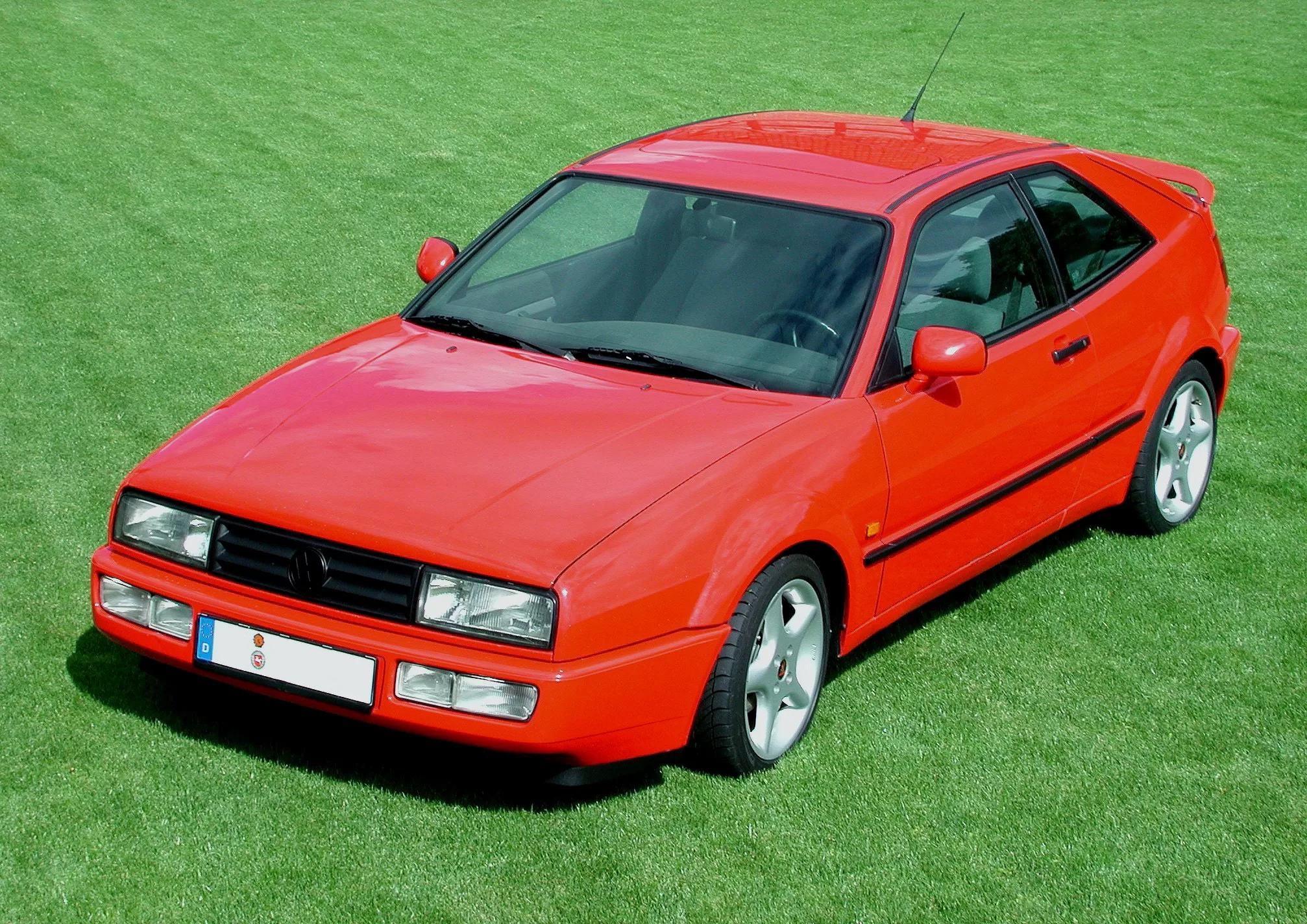
The result remains respected today as an influential technology showcase and entrant sports car that pointed towards Volkswagen’s future sporting potential, even if bean counters cut dreams short prematurely. As VW finds renewed success today in electric ID models and a rumored R performance halo, the pioneering Corrado persists as inspiration pursuing progress paying off down the road. Visionaries may be misunderstood at first, but their provocative ideas transform brands for the better given time and prudent investment.




